The Evening Report - Jan 17
Hospitalizations ease in Denmark and Sweden. Gas use rises in Europe.
🦠Pandemic🦠
🇩🇰
The authors of a Danish long-COVID study are citing their findings as evidence that a re-think is needed about Denmark’s COVID booster dose strategy.
Study Author Chief Physician Berit Schiøttz-Christensen believes the study’s findings show that the booster dose campaign needs to be offered to a much broader age group rather than just those over the age of 50.
“We are already vaccinating citizens in their 50s, and this suggests that the vaccines reduce the burden of disease in the acute course and can thereby relatively reduce the severity of long-COVID. When we see such severe late effects for these women in their 40s, it would be reasonable to consider whether they too should be offered another vaccine dose.”
Study lead and Senior Researcher and Occupational Therapist Lisa Gregersen Østergaard says she was surprised by how many people they found who were seriously struggling with long-COVID:
“56% of the patients were on sick leave either full-time or part-time when they were examined. This is a very high proportion, especially in light of the fact that almost 250 days had passed on average from the time they were infected with COVID until they were examined at the follow-up clinic.”
Of the study participants, an incredibly high number, 94%, had to be referred for rehabilitation.
The study from Aarhus University and Defactum, a research and consulting agency, found that women in their mid-40s make up a majority of those suffering from COVID symptoms long after ‘recovering’ from an infection.
The study titled “Mental Fatigue, Activities of Daily Living, Sick Leave and Functional Status among Patients with Long COVID” has been published in the international health journal: International Journal of Environmental Research and Public Health.
-
In Denmark, COVID hospitalizations (401) continue to drop (-49) while the number of severely infected people in an ICU (17) crept upward (+2) and of those, the number on a ventilator (4) inched down (-1).
The number of infection-related admissions to a psychiatric facility (72) decreased (-3).
-
The Statens Serum Institute is reporting 837 new infections (underreported), including 479 reinfections, and 50 more coronavirus deaths in the last day. Pandemic deaths in Denmark remain very high.
With 12,150 PCR tests taken on Monday that equals a positivity percentage of 6.88%, over the last seven days, the rate is 9.1%.
-
Influenza infections remain very high in Denmark, but case numbers dipped slightly in the first week of the new year. It remains to be seen if this is a full downward trend or simply a one or two week holiday hangover.
🇸🇪
The Swedish Public Health Agency publishes once a week COVID updates every Thursday afternoon.
-
COVID hospitalizations are still falling in Sweden’s capital region. There are 405 pandemic patients in hospitals across Stockholm; that is 113 fewer than there were a week ago. Just three severely infected people are in an ICU.
Chief Physician Johan Bratt:
“We can state that the number of people being cared for with COVId continues to clearly decrease this week, which is positive news. The number of confirmed new cases is also decreasing. After a couple of weeks of declines, the assessment is now that we have passed the peak for this latest infection wave.”
That said, Bratt says that the situation in hospitals across Region Stockholm remains concerning.
“The situation at several of the emergency hospitals is still strained and we have one hospital, Södertälje Hospital, which is still on emergency staffing due to the patient load. The hospitals have been able to start planned additional care again, which had been paused due to the pressure on the hospitals.”
But while coronavirus patients decline, Stockholm continues to see RS virus and influenza infection cases, which is continuing to complicate things.
In the last week, there have been another 589 confirmed coronavirus infections (wildly underreported) and of those, 104 were vulnerable seniors in care.
The region also suffered another 61 COVID deaths. It continues to stress that Sweden continues to struggle with a backlog in reporting pandemic deaths as it has for well over a year now.
-
The COVID wave is also easing in Southern Sweden. Region Skåne says the infection spread have “decreased sharply”, not only for coronavirus but also RS virus and influenza cases. Due to reduced pressure, hospitals in the region that had to clear the decals to deal with the crush of respiratory infection cases are now returning to normal operations.
Infectious Disease Doctor Eva Melander:
“It is, of course, gratifying that we are finally seeing a downward trend in terms of infection spread. But we can't celebrate just yet because we still have many weeks left in the winter season. It is still important to stay at home when you are sick and vaccinate yourself against coronavirus and influenza according to current recommendations.”
The region is also giving healthcare workers a pat on the back for going above and beyond to deal with this latest crush of respiratory infections.
Director of Health and Medical Care Pia Lundbom:
“We have healthcare employees who really made an effort to do their utmost to offer good care. People changed their schedules, took extra shifts, and covered for sick colleagues, or those who had to stay home to deal with sick children.”
None of the hospitals across the region are in emergency staffing mode and they are now resuming normal operations.
But, the region notes that influenza infections still remain a concern.
“The seasonal flu is very aggressive for some patients, they get sick and need hospital care. So the situation is still strained even if the spread of the infection is going down.”
🇫🇮
The Finnish Institute for Health provides a once-a-week pandemic update every Thursday afternoon.
-
The Finnish Institute for Health is pulling the plug on its Twitter accounts. It will close its English language account permanently while restricting its Finnish language account to “isolated cases” such as an emergency requiring mass communication.
Communications Director Marjo Loisa.
“We feel that Twitter no longer serves as a reasonable platform for social discussion. For example, a lot of disinformation is systematically spreading in the comment fields of our publications, and Twitter does not offer proper tools to prevent it. Recently, most of our new Twitter followers have been Anonymous accounts with no followers. The channel's current discussion culture does not fit well with THL's world of values.”
It adds that policing the comments and trying to deal with misinformation has become an onerous task, which is eating up valuable time better spent elsewhere.
The agency will continue to be active with its accounts on other social media sites like LinkedIn, Facebook, and Instagram, where it has over 175,000 combined followers.
🇩🇪
Germany recorded 17,222 new COVID infections and another 190 pandemic deaths in its Tuesday update.
It also added 1,645 more hospitalizations, while ICU numbers (957) declined (-39. As a percentage of all intensive care beds in the country, coronavirus patients are using 4.6%.
🇪🇺
Excess mortality across the European Union declined in November but still remains very high, according to the latest numbers from the European statistical agency, EuroStat. Excess mortality in the EU was +6.7% in November, down from 10.6% in October. This translates to about 25,000 extra deaths above the monthly average in November. It also notes excess mortality in November was at its 2nd lowest level since March 2022 (+6.6%).
For comparison, in November of 2020, the 1st year of the pandemic and before vaccines would arrive, excess mortality in Europe was +40% with 151,000 more deaths than the annual average.
As for how COVID fits into all this, the agency notes:
“While a substantial increase in excess mortality largely coincides with the COVID outbreak, this indicator does not discriminate among the causes of death and does not identify differences between sex or age.”
Basically, coronavirus deaths are likely a significant factor but ripple impacts will also factor in like other respiratory infections fatalities, among things, with other returning ‘regular’ viruses, which are hitting much harder with a return to ‘normal’.
At the country level Cyprus (+24%), Finland (+21%), and Germany (+16%) saw the highest number of excess deaths. Sweden registered an excess death rate of +2% in November, a little less than half the EU average.
🇪🇪 🦠
A new study is raising the alarm over findings it says show that the risk of dying increases after a coronavirus infection. The nationwide population level study from the Estonian Health Board used electronic health care data linked to COVID testing, and death records. It found that people infected with COVID had more than three times the risk of dying in the year following their infection than those who haven’t had an infection. Even short-term mortality was higher in the five weeks after an infection.
The study found mortality risk was highest among seniors 60 years old and older. In the year after infection there was an increased risk for cardiovascular disease, cancer, respiratory diseases, and “other causes of death.”
The study, which is published in The Lancet and can be found HERE, concludes that a coronavirus infection carries with it an increased risk of death, especially for vulnerable seniors, “driven by a broad array of causes of death” in the 12 months after recovery.
🇨🇦
The Public Health Agency of Canada has reported 16,540 new infection cases, and 279 more coronavirus deaths in its latest update. The total to-date number of pandemic deaths in Canada is now 49,871.
The seven day positivity percentage is 15.1%.
⚡️Energy Crisis⚡️
🇪🇺
Lower prices and a return to more winter-like temperatures across a big chunk of Europe have driven up gas consumption across the European Union for a 2nd week in a row. Overall, natural gas reserves inched week to week, going from 83.18% to 81.71%. There are, of course, variations from country to country. Poland has the highest level of natural gas reserves (95.58%), followed by Spain (93.49%), and Germany (90.47%). On the other end of the scale, Hungary has the lowest gas reserves (65.68%), along with Romania (73.91%), and Slovakia (73.19%).
Record-breaking warm temperatures since mid-December have meant much lower gas consumption across Europe but by mid-January cold winter temperatures swept across Central Europe, which should increase gas use further.
🇩🇪
Germany continues to make a light-speed transition away from Russian natural gas. When Russia weaponized its energy exports and turned off the gas taps, Germany was one of the hardest hit European countries as it was almost entirely reliant on cheap Russian gas. Since then it has scoured the globe securing LNG deals with countries like Canada, United States, Norway, and Qatar while also building LNG import terminals in record breaking time. It has opened two new offshore LNG facilities with a goal of getting to five.
🇩🇰
Rising inflation driven in no small part by the energy crisis, is driving more Danish families into a tough financial position. The Danish Red Cross is now offering emergency funding specifically for families with children who are struggling. As of this week, families who qualify can get a gift card worth 1,000 Danish kroner (about $194 Cdn).
Danish Red Cross Secretary General Anders Ladekarl spoke to Ritzau:
“We are in an extraordinary situation in Denmark, and there are many who need help here and now. We know that it is especially families with children who are struggling to get the finances together.”
In order to qualify for the helping hand, families must meet criteria for financial aid and have at least one child under the age of 18 living at home. The Red Cross says according to a survey it conducted among vulnerable families, 66% of them have not been able to provide their children with essentials like clothing and shoes. While 24% haven’t been able to provide necessary meals.
🇫🇮
A new offshore LNG terminal off Finland’s Southern coast is online and ready to accept natural gas deliveries. Finland leased a floating LNG terminal from a U.S. company to help it severe its reliance on Russian gas.
The terminal will be operated by Gasgrid.
In a release, SVP of transmission business, Esa Hallivuori said it was all systems go:
“Everything has now been finalized and tested. This means that the customers of our terminal can begin to distribute gas to meet the needs of industry, energy production and households not just in Finland but also in the Baltic states. Our LNG floating terminal has already generated plenty of interest and enquiries from various parties. We believe that there is a real need for the energy provided by our terminal both now and going forward. The LNG floating terminal can provide a huge amount of energy also for heat and power production when needed.”
It will not only help supply Finland with LNG but can also be a hub for gas going to the Baltic states and Poland via the Balticconnector pipeline.
The facility will also source LNG from international markets and will not accept any Russian gas.
🇨🇦
Inflation eased a little last month in Canada, but overall remains very high. Statistics Canada says inflation was 6.3% in December. That is a slight decline from November’s 6.8%.
While gas prices dropped somewhat, grocery prices across Canada continued to soar, up 11% year over year in December. The cost of clothing, shoes, and mortgage interest rates all also rose. As is the case elsewhere, energy costs are driving inflation in Canada.
🇺🇦/ 🇷🇺 War
🇫🇮/ 🇷🇺 🇺🇦
Speaking at the World Economic Forum in Davis, Switzerland on Tuesday, Finnish Prime Minister Sanna Marin said Ukraine absolutely must win the war against Russia.
“We don’t know when the war will end, but we have to make sure that it ends with Ukraine winning. I don’t think that there is any other choice. If Russia would win the war, then we would only see decades of this kind of behavior ahead of us. I think other countries are looking very closely at what is happening now in Ukraine and if Russia would win it would send a message that you can invade another country, you can attack another country, and you can gain from that.”
Marin also didn’t mince her words on whether Ukraine should have been accepted into NATO, and if they had it might have prevented a war as she was “sure” that Putin wouldn’t have invaded if Ukraine was an NATO member.
“We can look down [through] history and ask ourselves the question, should Ukraine already be a member of NATO? Then there wouldn’t be a war in Ukraine and this is why also Finland, Sweden is ratifying a NATO membership.”
Marin added that the West should have taken a much stronger stance against Russian aggression back in 2014, when Russia annexed Crimea.
“We need to learn from this day.”
She said becoming a member of NATO would ensure that war never visits Finland again. With Hungary and Turkey yet to ratify Sweden and Finkand’s NATO applications, Marin said her hope is the ratification process goes as fast as possible. She also repeated that Finland and Sweden are allies with many shared security concerns, and Finland won’t join NATO without Sweden.
🇳🇱
At a meeting of European leaders, the Netherlands Foreign Affairs Minister Wopke Hoekstra is urging more help for Ukraine, including sending more tanks.
“More weapons are needed. The only way to end this war is on the battlefield.”
On Thursday, the Dutch government announced that it would send a Patriot missile defense system to Ukraine.
🇩🇪
German Foreign Minister Annalena Baerbock is in agreement with her Dutch counterpart, saying that at this Friday’s meeting of the Ukraine Defense Contact Group at the Ramstein Air Base in Germany will “set in motion decisions that will help Ukraine liberate more territories.”
Baerbock is also calling for the creation of a special court in The Hague to try Russian leaders over the invasion of Ukraine and the war crimes committed during Russia’s invasion.
🇺🇸/ 🇹🇷
The United States is hoping to smooth out a number of wrinkles with NATO ally Turkey, including its opposition to Sweden joining NATO. Turkish Foreign Affairs Minister Mevlut Cavusoglu left for the United States on Tuesday. Turkey is at odds with fellow NATO allies on a number of fronts including being a little too close to both Russia and Syria. It is also involved in rising tensions with neighbouring Greece.
🇹🇷/ 🇸🇪
Turkish President Recep Tayyip Erdogan continues to be frustrated by the rule of law and freedoms enjoyed in Sweden. At a protest held by Kurdish groups in Sweden, an effigy of Erdogan was burned. The action was denounced by Swedish politicians, but freedom of expression means it is not a crime. Erdogan, who made it a crime to say anything bad about him on social media in Turkey, says that is “absurd.” He is seizing on it to add to his list of grievances with Sweden as he continues to roadblock it from joining NATO.
🇩🇰 🇺🇸 NATO
Military equipment from the United States, including tracked vehicles, tanks, and containers of other military supplies, is being offloaded at the dock in Aarhus this week. The equipment will be transported to shore up NATO’s eastern flank as the U.S. military ramps up its presence in Europe in response to Russia’s invasion of Ukraine.

🇨🇦/ 🇺🇦
The Globe and Mail’s Mark McKinnon has reported that a Canadian medic Grygorii Tsekhmistrenko, who was with Ukrainian armed forces, has died near the frontline in the city of Bakhmut, in eastern Ukraine. That is where some of the fiercest fighting in the war is currently ongoing.
🇫🇮/ 🇪🇺
The European Commission is establishing an emergency response stockpile in Finland, the first of its kind in Northern Europe. It will include equipment, medicine, personal protective gear, and even antibodies for any chemical, biological, radiological, and nuclear crisis should it happen. The materials are for both emergency responders and the civilian population. All of this will cost about €242 million.
It will take at least a year to set up and supply the emergency response stockpile. The EU says it should come online and be available to be used in the event of a crisis by 2024.
Interior Minister Krista Mikkonen:
“The warehouses to be established in Finland will improve the European Union's strategic preparedness and readiness to respond to different types of threats, especially in Northern Europe and the Baltic Sea region. Joint preparation is even more important due to the changed security situation. With the project, Finland will become a significant actor in increasing European security.”
Once it comes online, the crisis response stockpile must be made available in the event of any major accident or crisis within 12 hours of accepting an offer for aid.
Ministry of Social Affairs and Health Department Head Taneli Puumalainen:
“The stockpiles are intended for EU-wide use, but they also improve Finland's national preparedness. Finland already has a functioning mandatory storage system for medicines, thanks to which we have been able to secure the availability of medicines better than other EU countries even during the COVID pandemic.”
The Swedish Radiation Protection Agency (STUK) is also helping out as it will be responsible for the acquisition and maintenance of radiation measuring devices.




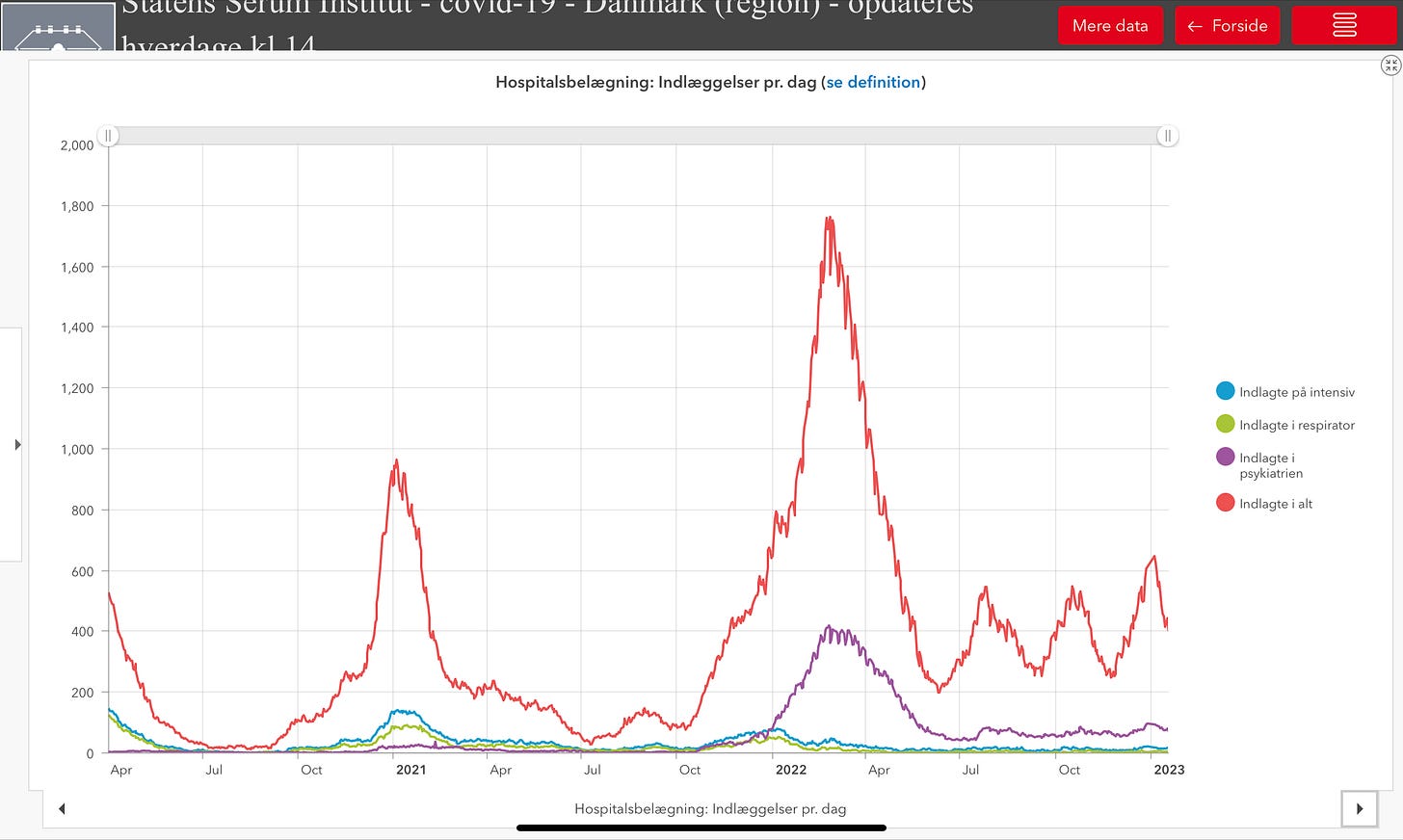
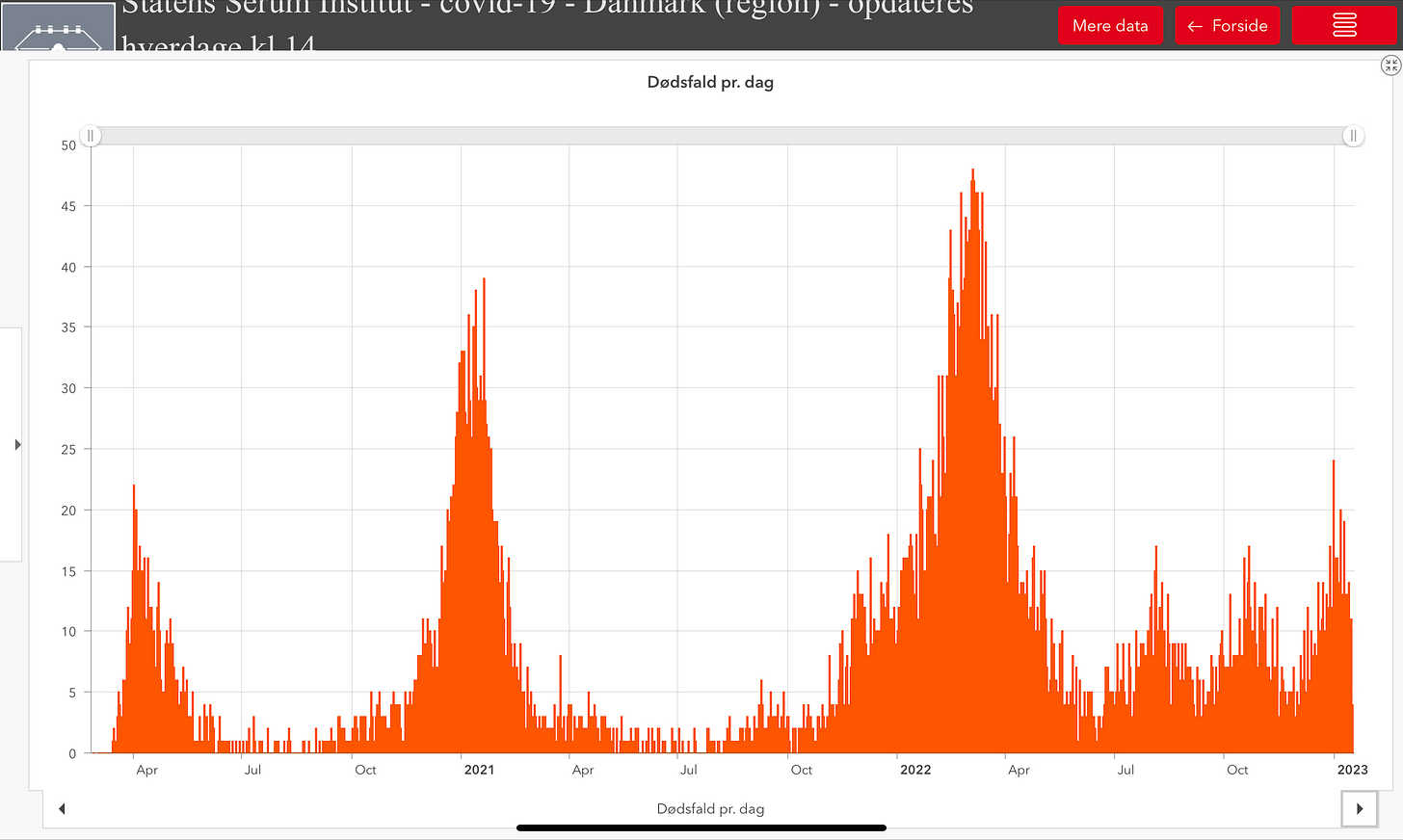
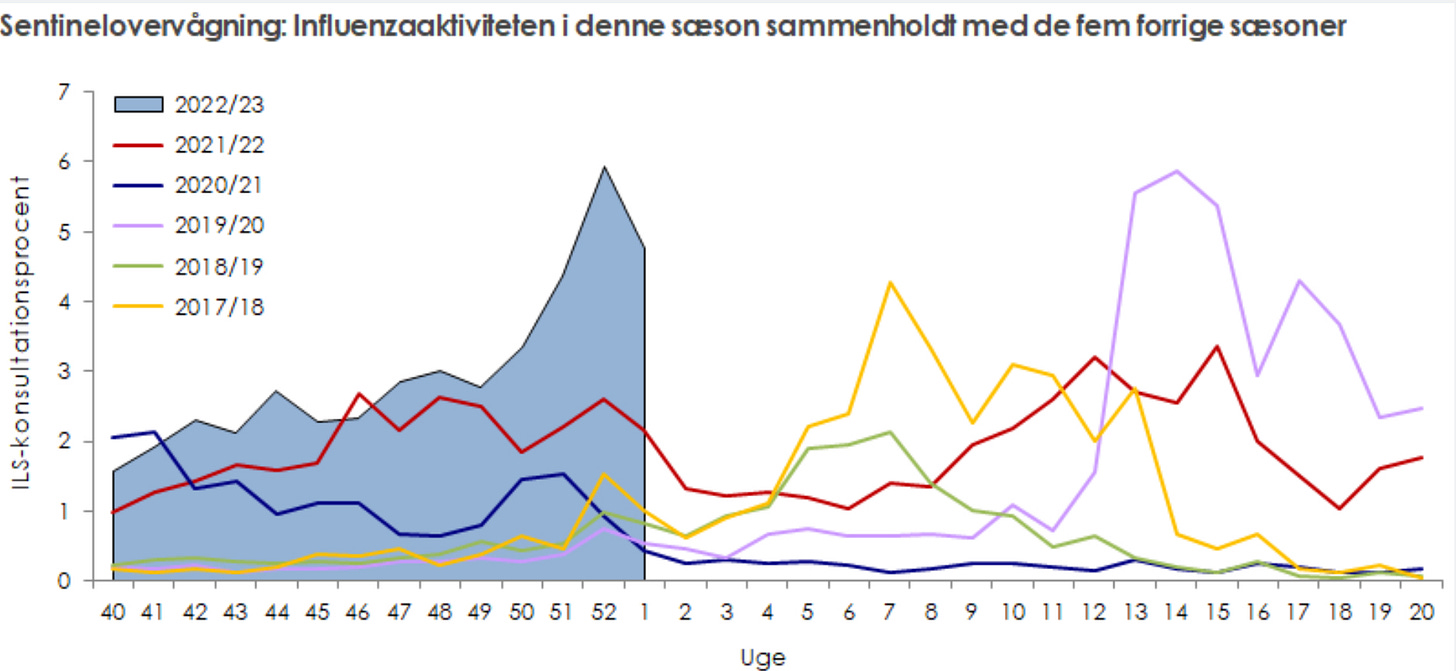
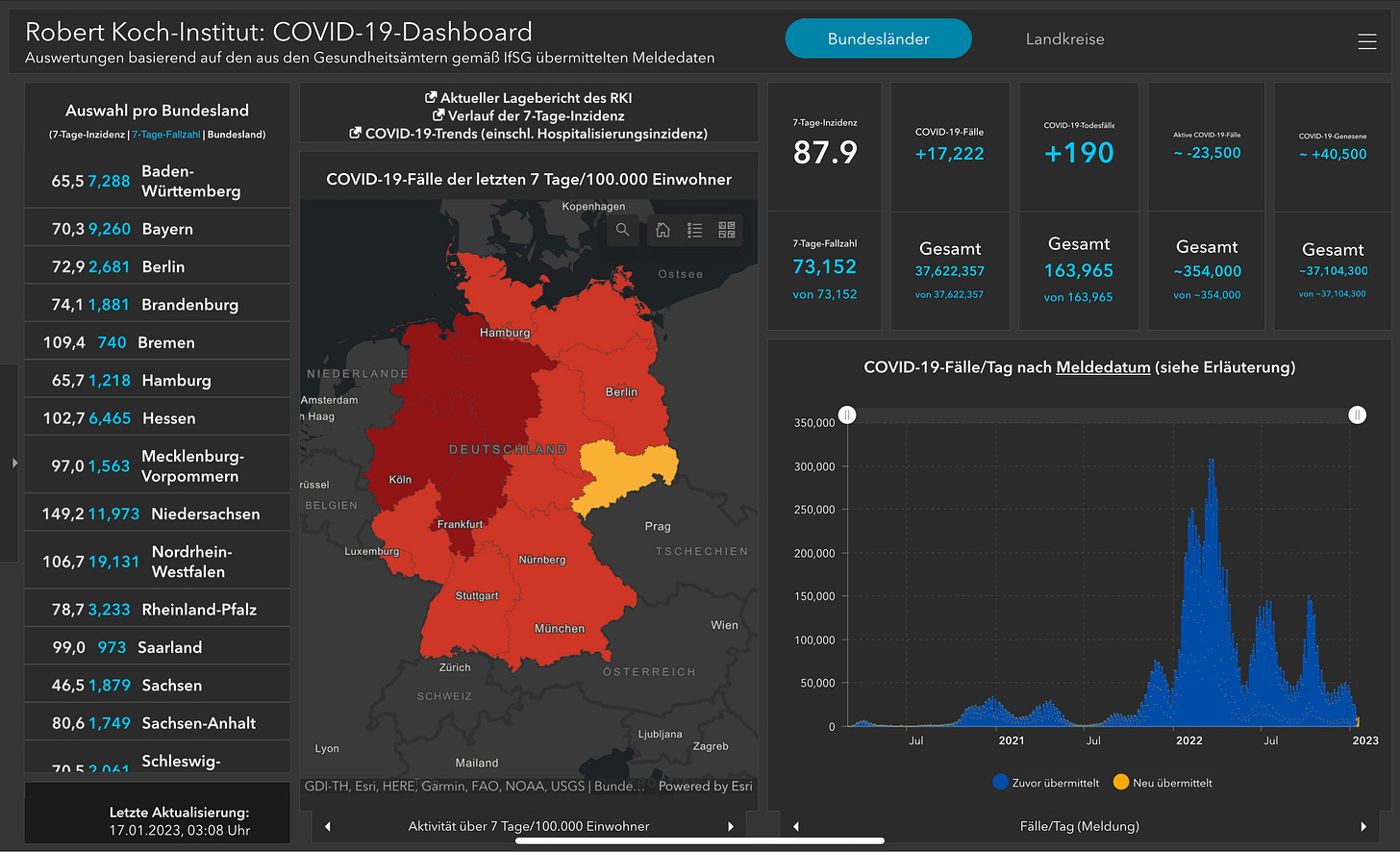
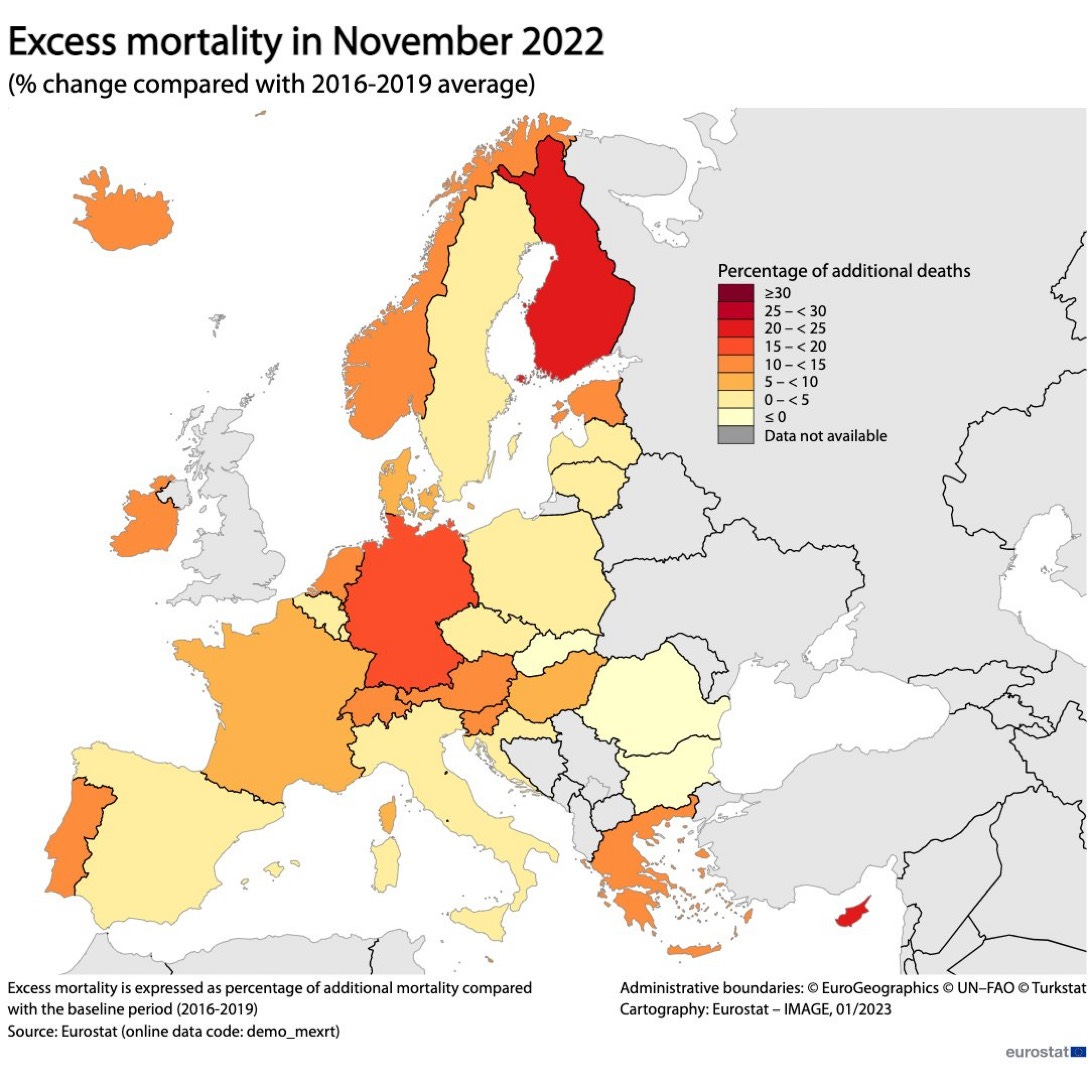
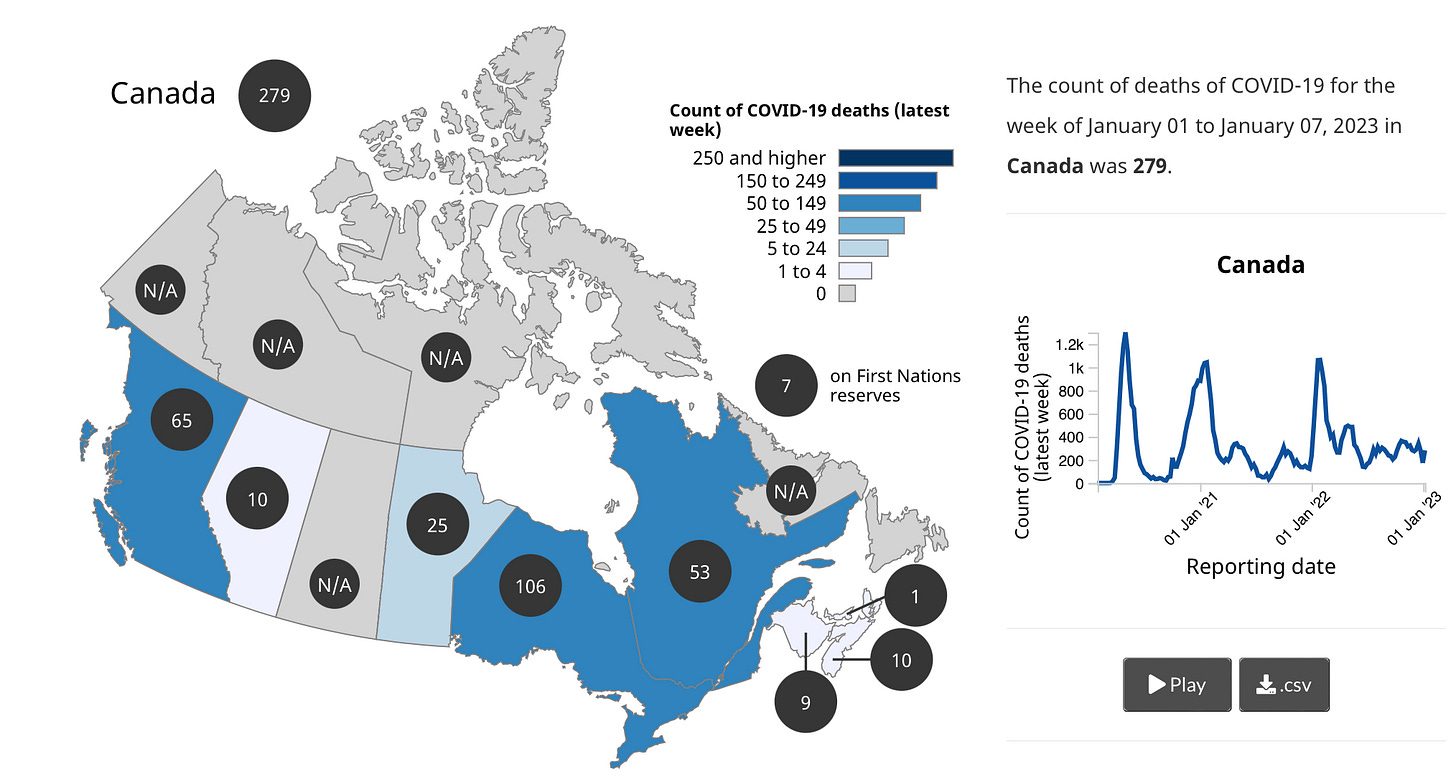
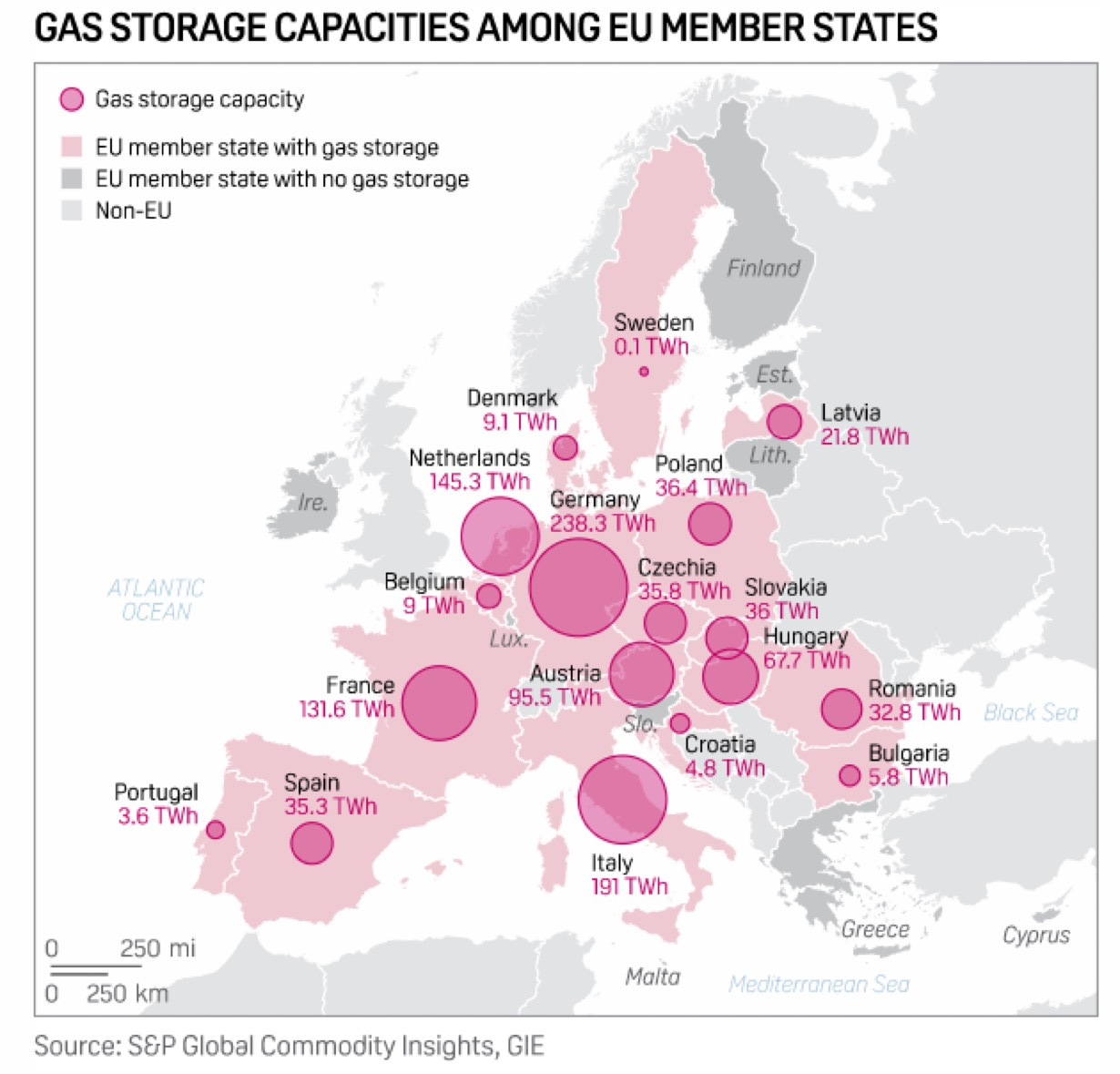
Thank you for updates from Europe. I am Danish/Canadian , living in BC and have a son living in Denmark. Much appreciated.:)